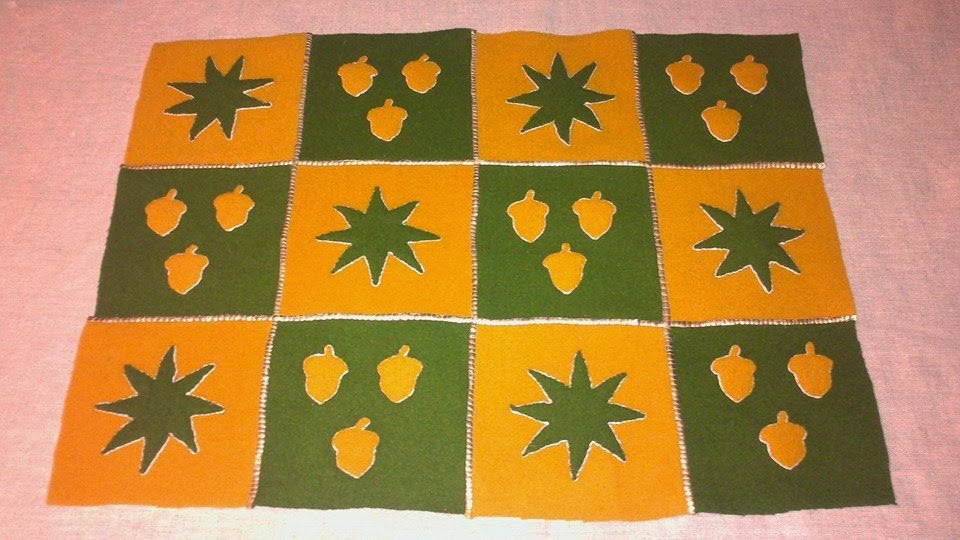This is by far one of the longest UFO´s I have finally finished. Or at least I hope it is, not sure what else might be hiding in my boxes and baskets. Here is how it once started, more than three and a half years ago:
http://renikasanachronisticadventures.blogspot.se/2012/01/fiddeling-with-small-scale-embroidery.html
I chose to make my almony purse with two differing embroidered sides, but with an overall theme of music and the Seasons of nature. This side was the first I finished, and is thought to represent Autumn. The little guy playing the fiddle is inspired by an Italian manuscript and one of the main inspiration for the overall motif is an extant almony purse presently at the Metropolitan Museum: http://www.metmuseum.org/collection/the-collection-online/search/466693
 |
| Motif done |
 |
| Markings for the layed work covering the background |
 |
| The post stamp |
I made some enquieries on where from the motif came and, with the help of friends I found the original image, a church painting from Råda church, Närke in Sweden.
 |
| Church painting on wood from Råda, Närke |
When both pieces were done I went on to assembling the little purse with a white silk lining, cut to also form a top edge so that I wouldn´t have to pull the strings through the embroidery itself, even though that seems to be a common feature in extant aumonieres. Then I covered the edges with an embroidered braid in the two silks I used for the backgrounds, to tie it all together.
For tassels I chose to make them out of the same silks as the background and edging. A quick look through pictures of extant pieces shows there is a great variation in tassels, but five is a good and often used number.
And since this has all been about challenging myself to do new stuff that I have always considered nearly impossible, I just had to try do make some turkish knots out of metal thread on the tassels to bring some extra glam to it all. I am very grateful to have friends offering to teach me stuff like this, because no matter how good instructions you can find in books and online, I depend on seeing it be done in order to get the hang of it. So here it is, all done! And now I fear I will never use it, just look at it every now and then. And I have learned so much during the process, sadly also that the silks I have used are not the best for this kind of work, and I would love to do better with the shadings and details in the split stitched motifs. But it still deserved to be finished!




























